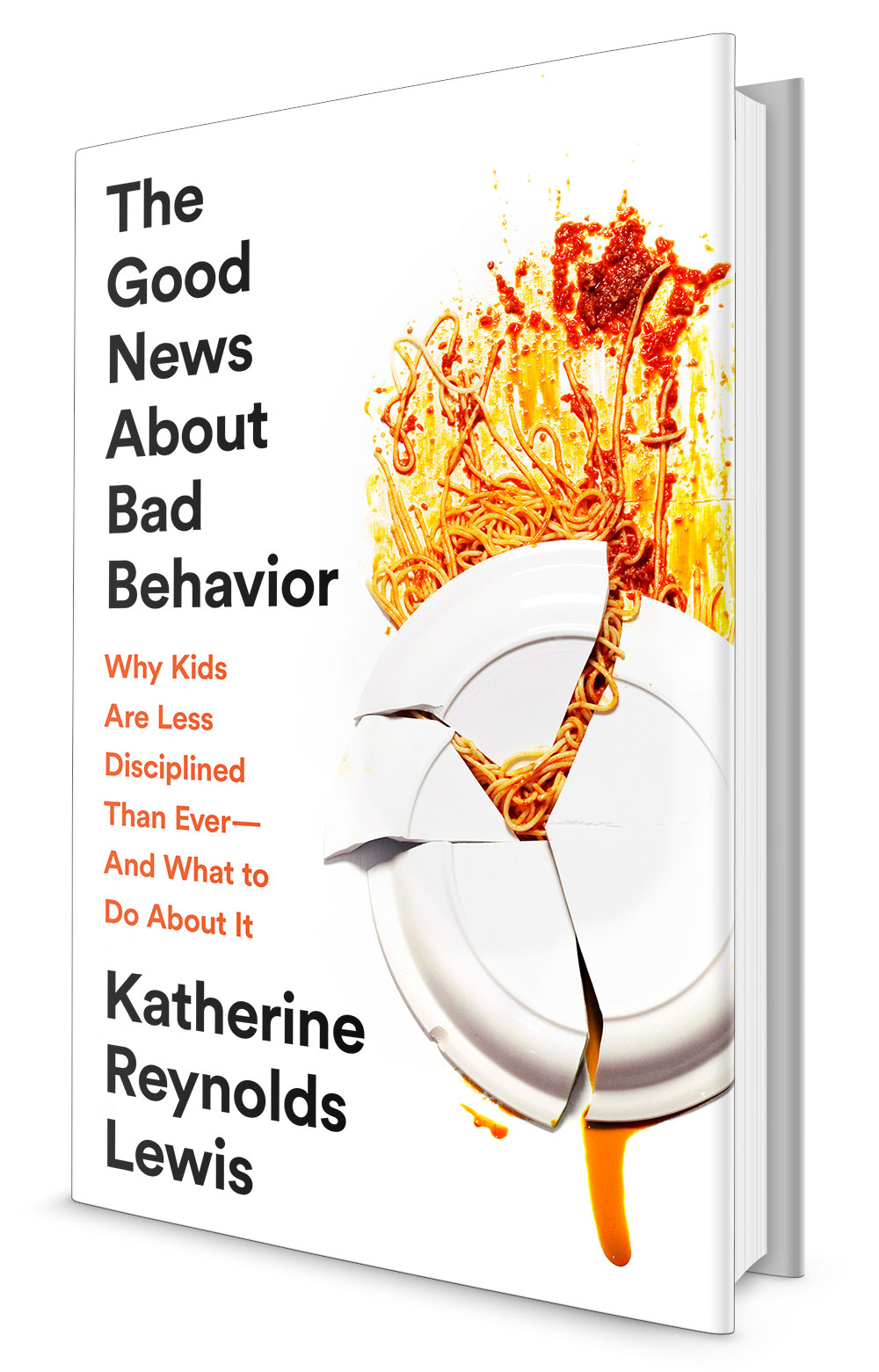From the sandbox to the boardroom, we never forget being bullied. Whether someone takes your toy or idea, the sting lingers, and many adults can recall with vivid detail the effects of being verbally or physically pushed around as kids.
The statistics are scary…One bullying survey showed that “30% of U.S. students in grades 6 through 10 are involved in moderate or frequent bullying — as bullies, as victims, or as both…and that 1 in 5 kids admits to being a bully.” Another site, Bullying Statistics, talks about the connection between bullying and suicide. They reference a Yale University study that found that “bully victims are between 2 and 9 times more likely to consider suicide than non-victims.”
Certainly, we don’t want to be “helicopter parents,” monitoring our kids’ every move – we need to let them make mistakes, learn from them, and self-manage. However, a healthy dose of monitoring and early intervention are powerful parenting tools to identify and prevent bullying or its escalation.
Washington Family Magazine had a great article by author Warren B. Seiler (Battling the Enemy Within) on “Facing Down Bullies” with parenting tips including reinforcing your child’s self-esteem, using the incident as a learning experience for conflict resolution, and advocating for your child when necessary.
And from a former bully, Mucheru Njaga, author of Patch, here are 5 tips to overcome bullying:
1. Define bullying with your kids and talk it out. We need to clearly explain to kids what bullying is, how to spot bullying tendencies within themselves and how to avoid acting them out.
2. Take away the cool factor. Show kids that bullying stems from fear, and we could effectively render bullying as an “uncool” deed.
3. Be aware of tendencies toward bullying developing in kids. If there is a widespread understanding that fear is the underlying emotion and perpetuator of the bullying cycle, those who observe a child exhibiting signs of fear and insecurity can spot a potential problem early on and raise concerns.
4. Encourage self-reflection. Talk with children who are bullying others and encourage them to consider their behaviors. Often, another problem is bubbling beneath the surface, and it is necessary to determine the root of the behavior in order to fix it.
5. Promote open communication about bullying problems. We have to change the way kids view talking to adults and authority figures about bullying issues. Kids are often worried about “snitching” and have a negative perception of telling adults when they’re having these types of problems. We must convince them that it is courageous, brave and admirable to put an end to the situation instead of remaining silent.
More to come on this important topic, including cyberbullying and some keys to understanding how the online revolution presents additional parenting challenges. What ideas can you share on bullying identification and prevention?







Leave A Comment